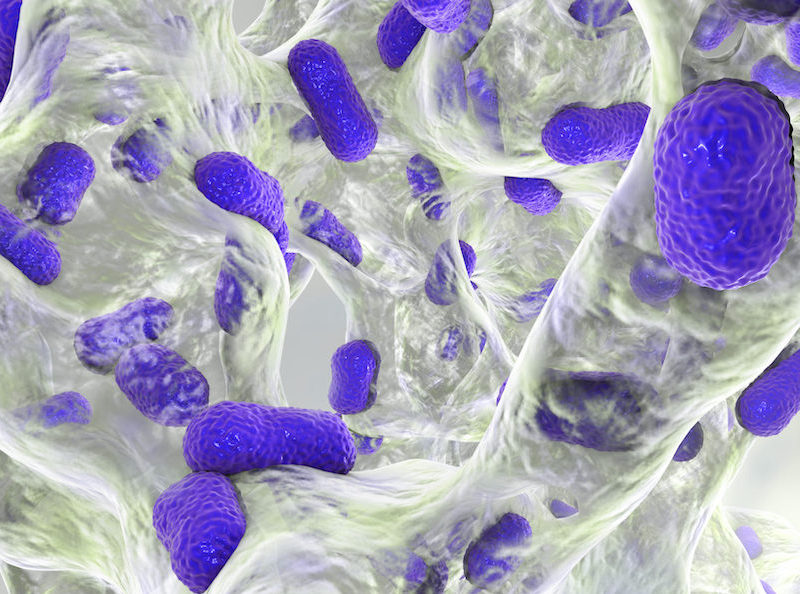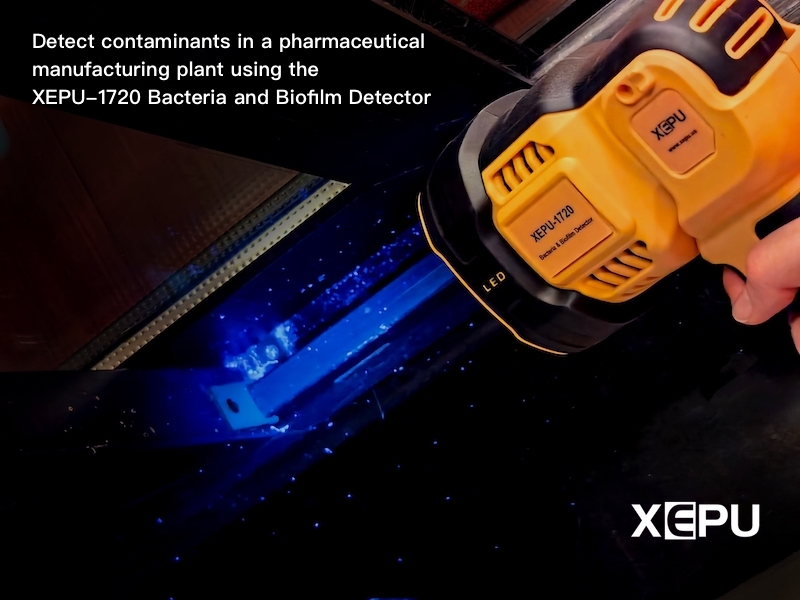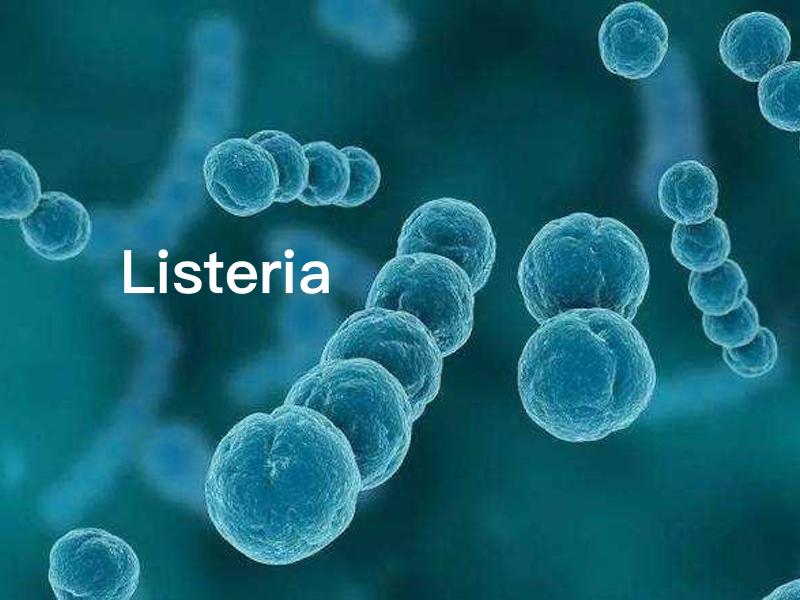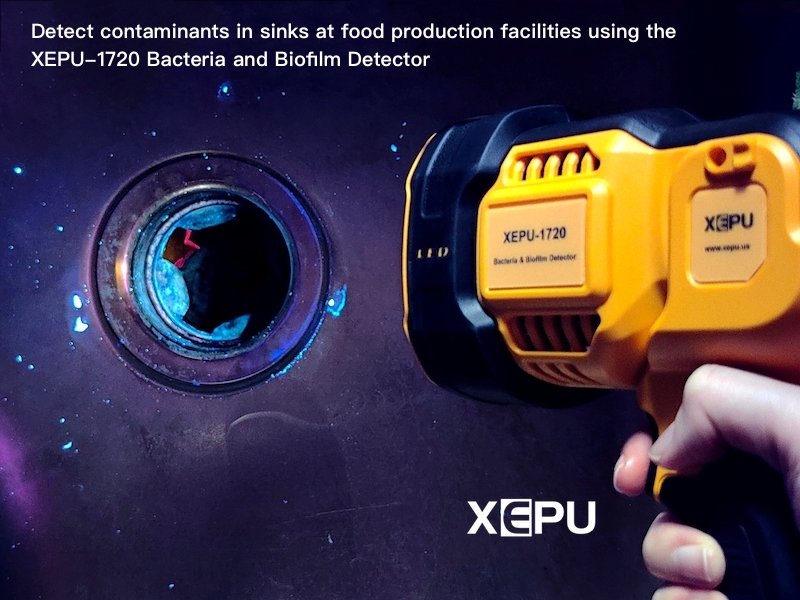Excitation and Emission of Fluorescein Isothiocyanate FITC
Fluorescein Isothiocyanate (FITC)
Fluorescein isothiocyanate (FITC) is one of the green fluorescein derivatives widely used in biology. It is a fluorescein derivative consisting of a fluorescein core and an amine-reactive isothiocyanate moiety. The isothiocyanate group reacts with primary amines forming covalent thiourea bonds that attach fluorescein to the biomolecule. Fluorescein isothiocyanate (FITC) is commonly supplied as a mix of isomers consisting of fluorescein 5-isothiocyanate (5-FITC) and fluorescein 6-isothiocyanate (6-FITC).
Fluorescein isothiocyanate (FITC) cannot penetrate cells. When incubated with live cells, FITC will bind to any free amine groups on membrane proteins exposed to the extracellular matrix, resulting in live cells with dimly fluorescent membranes.
FITC is sensitive to both temperature and pH. The fluorescent signal intensity of FITC-labeled conjugates decreases as the acidity of environment increases. For example, when pH is reduced from 10 to 3, the intensity of FITC-dextran decreases by more than 95%. Temperature also affects the stability of FITC. At temperature raises, FITC becomes unstable, and conjugates produced with FITC are susceptible to hydrolysis of the fluorescein label.
Figure below: Chemical structure of fluorescein isothiocyanate (FITC)

Applications of Fluorescein Isothiocyanate (FITC)
Fluorescein isothiocyanate (FITC) is a widely used fluorescent probe for preparing conjugates with biological molecules. FITC has several advantages, such as high absorptivity, excellent fluorescence, and good water-solubility. Fluorescein isothiocyanate (FITC) can be used to label proteins, antibodies, peptides, hormones, amine-modified oligonucleotides, and other amine-containing molecules with the green fluorescent dye fluorescein.
Excitation and Emission of Fluorescein Isothiocyanate (FITC)
Fluorescein isothiocyanate (FITC) can be excited by the 491 nm laser line and is optimally detected at 516 nm. Fluorescence Flashlight GFPfinder-2101RB is a convenient and economical tool to detect the fluorescence of fluorescein isothiocyanate (FITC).
Figure below: Excitation and emission of fluorescein isothiocyanate (FITC)

Figure below: Fluorescence Flashlight GFPfinder-2101RB used to detect fluorescein isothiocyanate (FITC)

XEPU Scientific manufactures a range of fluorescence excitation lamps, which are specifically designed to detect fluorescent proteins (e.g. GFP, EGFP, DsRed, mCherry, YFP) and fluorescent dyes.
LEARN MORE: Fluorescence Excitation Lamps




